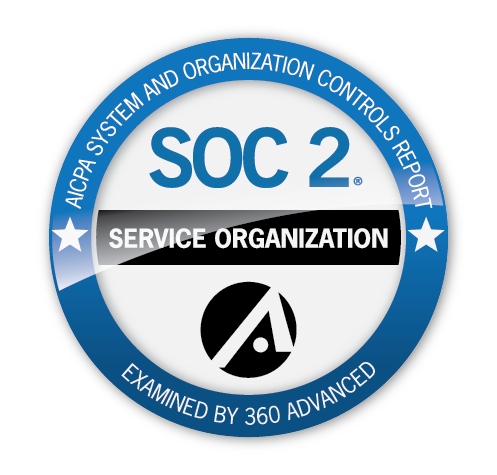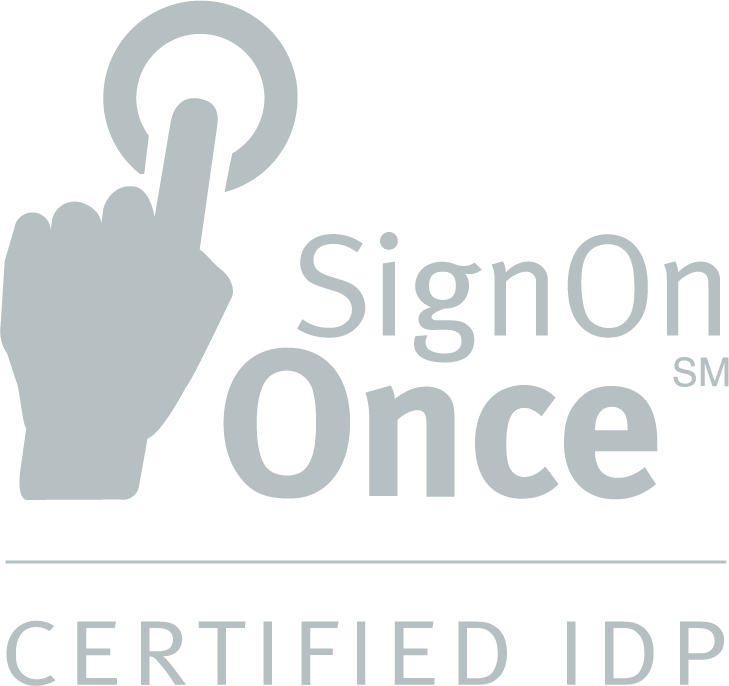The insurance industry is undergoing rapid transformation, with MGAs continuing to emerge as key players in driving innovation and niche market specialization. While MGAs have traditionally been focused on regional markets in the past, many MGAs are now looking beyond domestic borders to fuel their growth and diversify their product offerings. Let’s explore why MGAs are expanding globally, the challenges they face, and the strategic approaches that lead to successful international growth.
Why MGAs are going global
The US MGA market has grown rapidly over the last couple of years. According to research conducted by Conning, the US MGA market exceeded $102 billion in premiums in 2023 and grew 13% in 2024. As markets continue to grow domestically and globally, US MGAs should look for untapped opportunities abroad. Expanding into emerging markets or underpenetrated regions in different countries allows MGAs to reach new customer segments and continue to act as key drivers in innovation.
Global opportunities for MGAs
Market expansion
The US market is still the largest MGA market to-date. According to Carrier Management, there are over 1,000 MGAs in the U.S alone while the UK has at least 350 MGAs and continental Europe is estimated to have over 500 sizeable MGAs.
This tells us that, while there is an MGA presence in Europe, there’s also quite a bit of space for new market entrants across the varied and diverse landscape. Each country seems to be focused on specific lines of business related to their country’s priorities. France, Germany, and the entire United Kingdom are leading Europe with growing MGA sectors when it comes to niche insurance products for commercial and personal lines — like pet, cyber, and green insurance — while the Nordic countries — like Sweden, Denmark, Norway, and Finland — have a stronger market focused on marine and renewable energy. Outside of Europe, China, and Brazil along with other Asian and Latin America countries are showing promising signs of rapid growth as MGAs are seen as big drivers of innovation.
Access to niche risks
With global expansion comes opportunities for MGAs to capitalize on specialty risks that are geographically relevant. This provides US-based MGAs the chance to expand their expertise to areas beyond our borders that experience the same — and sometimes more elevated — risks. Using the previous examples, US MGAs who are focused on the marine market can easily build upon their expertise by expanding anywhere coastal, like the Nordic countries. Or US MGAs who are focused on natural disaster insurance may find more opportunities in the Asia-Pacific region.
Key strategies for global expansion
Strategic partnerships with local carriers
Collaborating with local insurers or reinsurers allows MGAs to gain market entry faster, navigate unfamiliar regulatory frameworks, and access established distribution networks. Another option is to utilize Lloyd’s of London, which operates as a marketplace for insurance and reinsurance from around the globe. Leveraging Lloyd’s as part of your cross-border strategy will allow you to reach audiences you may not have otherwise found.
Which brings us to the next reason partnering with local carriers is a key strategy for expansion: localized talent. Building a local team that understands the local insurance regulations is extremely important when it comes to a smoother and faster market entry. Since each country or region will most likely have their own specific set of regulatory compliance requirements, it is crucial to have someone on your team educated in those requirements to ensure a smooth market entry. Once established in that market, success in that market then depends heavily on having a team that can help navigate market-specific risks, cultural nuances, and understanding customer behavior.
Digital infrastructure investment
Investing time and money into creating a digital management infrastructure is essential when it comes to expanding beyond US borders. Leveraging cloud-based systems, API integrations, and AI-driven underwriting tools empower MGAs to scale operations and ensure consistency across geographies.
Implementing technology solutions that improve operational efficiency, reduce costs, refine pricing strategy, detect declining performance, enhance risk prediction models, reduce human error in data entry, and respond to market changes with agility. All of which will be nearly impossible to manually manage thousands of miles away.
With the rise of the InsurTech industry and digital distribution platforms, MGAs can now easily expand without a large infrastructure investment. There’s never been a more agile time to take business across borders, and with the use of AI becoming more and more prevalent, it will only become easier and faster to bring new products to the domestic and global markets.
Challenges MGAs may face when expanding globally
Complex regulatory environments
Each country has unique rules for licensing, capital requirements, and compliance, which makes cross-border compliance especially tricky. MGAs not only need to understand the country’s regulations but make sure they understand any variances within each region (e.g. each state having different regulations in the US).
Regulators can often limit what underwriting decisions can be made locally, which lines of insurance an MGA is authorized to write, and the MGA’s ability to appoint sub-agents or third parties.
There’s also the matter of data compliance, which is often a point of friction for cross-border MGAs due to differing data sovereignty laws. For example, the EU’s GDPR restricts how customer data is collected, stored, and transferred across borders; Canada’s PIPEDA demands strict data handling protocols; China and Russia have localization laws that mandate customer data be stored on servers located within the country.
Geopolitical uncertainty
Under the current US administration, we are seeing a surge in uncertainty and instability, which is impacting domestic insurance companies and could lead to a global ripple effect.
In an interview earlier this year with Insurance Business Magazine, Kenneth Saldanha, insurance lead — Americas at Accenture, explained how the introduction of the tariffs on goods from Mexico and Canada caused uncertainty in the insurance industry, which led to a freeze in conducting business.
Right now, uncertainty is freezing capital commitments, especially for multinational coverage and industries like inland marine shipping,” Saldanha said. “If insurers don’t know where things are headed, they won’t commit underwriting capital.”


